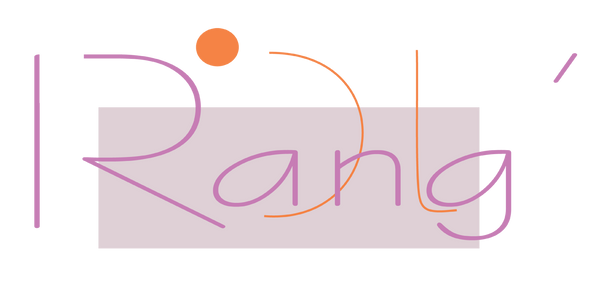Textile waste is increasingly a serious environmental threat.
Donning the hat, Clothing is one of the most polluting industries, second only to the oil industry. There is an extensive amount of resource utilized in terms of textile raw material along with water, energy and chemicals. During the entire process, huge amounts of pollutants are released
‘Fashion Isn’t Free. Someone Somewhere is Paying’ – Lucy Siegle
The Key Stake holders here are - The Industry and the Consumers
The Industry
(i)The Policy makers – A clear and achievable solution oriented policy, with viable alternatives in place, which can sustain and support the conversion of practices to its rightful quotient.
(ii)The Innovators – Design Techniques coupled with Scientific and Physiological Research will be at the forefront in offering unique, trendy yet sustainable alternatives.
(iii)The Textile mills and Garment Manufacturers – The mass market is where actual benefits penetrate
The Consumer

The ‘Buyerarchy’ of Needs
(i) Where the consumer is lost - In recent years, the acceleration of the fashion supply chain and changing consumer attitudes towards fashion as a disposable commodity has contributed to the large levels of textile waste generated worldwide.
(ii) Let’s get real - Having distanced oneself from the origins due to political and social turmoil, the massive migrating population became easy acceptors of the fancy, new, quick and cheap. It became a way of life. With the change in global trade policies and diminishing connectivity issues, fast fashion has taken a firm root in today’s world.
(iii) What the consumer will want, the industry will have to provide. The Power lies with the consumer – to know more about packaging waste, tagging waste, mediator waste, backward linkages, product support, recycling initiatives, and knowing where your buck went.
‘Buy Less, Choose Well, Make it Last’ – Dame Vivienne Westwood

